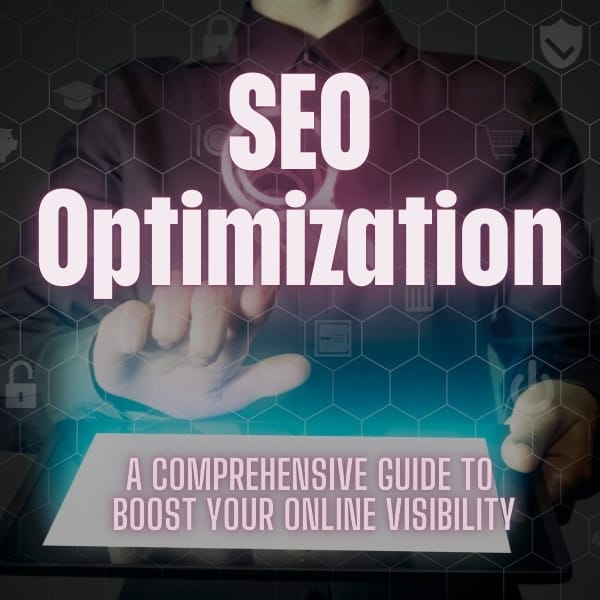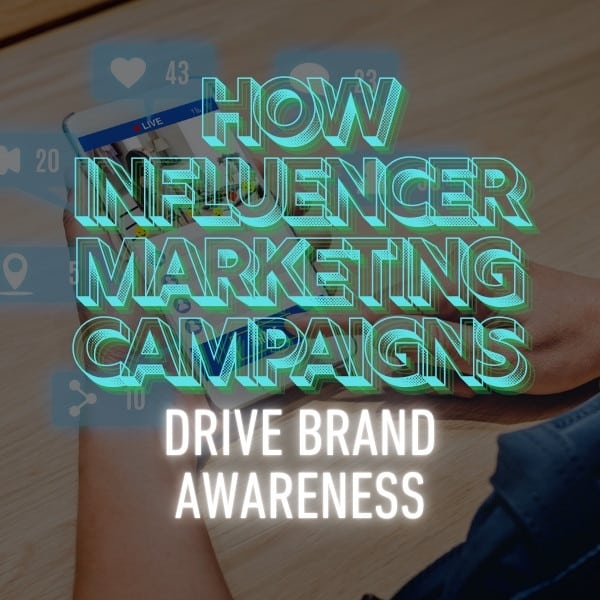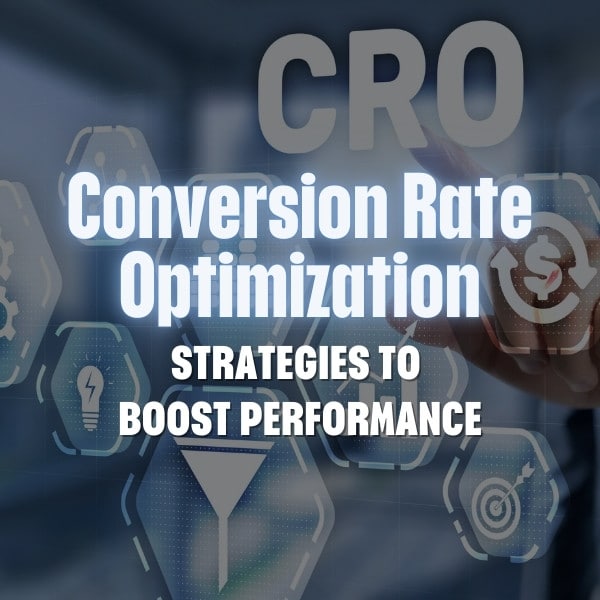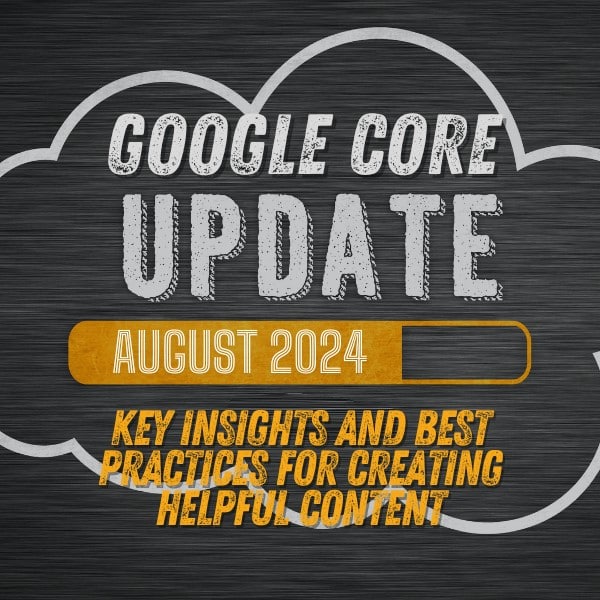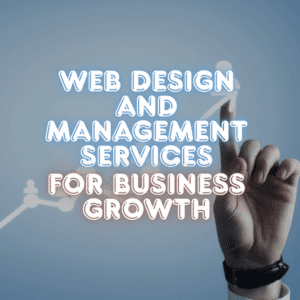Why you can trust Sunlight Media
- Expertise and Experience:Our content is crafted by seasoned professionals with extensive experience in digital marketing, ensuring you receive accurate and actionable advice.
- Unbiased Information:We provide impartial insights and recommendations based solely on what's best for your business, without any hidden agendas or promotions.
- Thorough Research:Our articles are backed by comprehensive research and the latest industry trends, ensuring you stay informed with reliable and up-to-date information.
- Transparency and Honesty:We believe in complete transparency. We disclose our sources, methodologies, and any potential conflicts of interest, so you can trust the integrity of our content.
- Continuous Improvement:We constantly review and update our content to reflect the latest developments in digital marketing, so you always have access to the most current and relevant information.

In today’s crazy business world you need to be smart to stand out and win. This guide shows you how to beat your competition, focusing on better customer service, market research and what makes you unique.
Whether you want to attract new customers, keep existing ones or grow your market share these tips will help you get ahead and win in the long term. Dive in and find out how to up your business game and beat the competition.
Beat Your Competition

Beating your competition starts with understanding the competition landscape. Do competitor analysis to find out what your competitors are good at, what they’re not and where they’re positioned. Develop unique selling points (USPs) that work for your business and your target market. Use market research to uncover consumer insights and stay ahead of the industry trends. By focusing on these you can position your business to outshine the competition and attract more customers.
Do Competitor Analysis
Competitor analysis is key to understanding the market and finding ways to stand out. Start by identifying your direct and indirect competitors and gather information on their products, services, pricing and marketing strategies. Use SWOT analysis to evaluate their strengths, weaknesses, opportunities and threats. Secret shopping and customer reviews can give you insights into their customer service and satisfaction levels. By understanding your competition you can refine your own strategies, develop USPs and position your business to outperform others in the market.
Develop Unique Selling Points (USPs)
Developing unique selling points (USPs) is crucial for distinguishing your business from the competition and capturing the attention of your target market. Start by identifying the specific benefits and features of your products or services that are most valued by your customers. Focus on what makes your offerings unique, whether it’s exceptional quality, innovative features, outstanding customer service, or competitive pricing. Clearly articulate these USPs in your marketing messages to create a compelling reason for customers to choose your business over others. By emphasizing what sets you apart, you can build a strong brand identity, attract more customers, and drive business growth.
Better Service

Better service is the foundation of a great business, it sets you apart from the competition and builds long term loyalty. It’s not just about meeting but exceeding customer expectations at every touch point. Train your staff to be attentive, empathetic and responsive to customer needs. Have a feedback system to continually improve service and address issues quickly. Personalise interactions to make customers feel valued and loved. Better service can turn one time buyers into repeat buyers and advocates for your brand, driving long term growth and a strong market position.
Better Experience
Bettering the customer experience is key to building loyalty and repeat business. Start by mapping out the entire customer journey to see where you can improve the interactions. Use customer feedback and analytics to understand pain points and expectations. Personalise the experience by tailoring communications and offers to customer preferences and behaviour. Make processes seamless and efficient whether in-store or online so interactions are smooth and enjoyable. Give your staff the training and tools they need to deliver great service. By focusing on bettering the customer experience you create positive impressions that lead to long term loyalty and advocacy for your brand.
Christopher Vardanyan, Co-Founder of Rocket Moving Services, shares how customer experience improvements have helped their business: “At Rocket Moving Services, we’ve placed a strong focus on enhancing the customer experience by mapping out the entire journey from the first inquiry to the final move. By collecting feedback through surveys and customer reviews, we identified pain points in our process, such as wait times for quotes. Addressing these issues, we implemented a faster, more efficient quoting system that has cut response times by 25%. This has led to a noticeable increase in conversions and customer satisfaction
Train Employees for Better Service
Training employees for better service is crucial for enhancing the overall customer experience and building a loyal customer base. Start by implementing comprehensive training programs that focus on developing strong communication and problem-solving skills. Teach employees to actively listen to customers, understand their needs, and respond empathetically. Use role-playing scenarios to prepare them for handling various customer interactions effectively. Provide ongoing education on product knowledge and company policies to ensure they can offer accurate and helpful information.
Additionally, it’s essential to monitor employee productivity through tools and metrics to identify areas for improvement and recognize top performers. For example, you can monitor employee productivity with Intelogos or similar tools to gain valuable insights that help refine training initiatives. Encourage a customer-first mindset and empower employees to make decisions that benefit the customer. Regularly gather and act on employee feedback to continuously improve training programs. By investing in employee training, you create a team that is capable, confident, and committed to delivering exceptional service.
Get Customers

Getting customers requires a multi faceted approach of knowing your market, using the right marketing and optimising your product. Start by identifying your market through detailed market research to understand their needs, wants and behaviour. Create marketing messages that speak to those potential customers. Use a mix of digital marketing channels like social media, email marketing and SEO to reach a broader audience. Offer incentives like discounts, promotions and loyalty programs to get new customers. Make sure your product packaging is attractive and communicates the value and benefits of your product clearly. By doing these you can get more customers and grow your business.
Target Market
Identifying your target market is key to creating marketing strategies and growing your business. Start by doing market research to gather data on potential customers. Use tools like surveys, focus groups and social media analytics to understand demographics, psychographics and behaviour of your audience. Look for patterns in age, gender, income level, education, lifestyle and purchasing habits.
Segment your market based on these characteristics to create more targeted marketing campaigns. For example if you have a fitness business you might segment your market into young professionals interested in high intensity workouts or older adults looking for low impact exercise options.
Look at your competitors to see who they are targeting and how you can differentiate your product to serve the underserved segments. Also consider geographic factors if location plays a role in your business, like local preferences and cultural influences.
Use customer personas to create detailed profiles of your ideal customers which will guide your marketing and product development. Refine your target market based on feedback and changing market trends so you stay relevant and effective in reaching your customers.
By understanding and clearly defining your target market, you can tailor your marketing strategies to attract and retain the right customers for your business.
Market Research

Market research is key to understanding the market and consumer behaviour so you can make informed decisions. It’s about collecting, analysing and interpreting data about the market, competitors and potential customers.
How to do Market Research
- Define Your Objectives
- What do you want to achieve with your market research? This could be understanding customer needs, market trends or competitive advantage.
- Gather Secondary Data
- Start with existing data to get a general idea of the market. This includes industry reports, market stats and competitor analysis. Sources like government reports, industry publications and market research firms are gold!
- Primary Research
- Collect new data from the source. Use surveys, interviews and focus groups to get detailed insights from your target audience. This helps you understand specific customer needs and wants.
- Analyse Competitors
- Study your competitors to understand their strengths, weaknesses and market positioning. Tools like SWOT analysis (Strengths, Weaknesses, Opportunities, Threats) can help you structure your competitor analysis.
- Market Trends
- Look for patterns and trends in the market. Analyse data over time to see changes in consumer behaviour, emerging needs and opportunities for your business.
- Segment Your Market
- Break the market into segments based on demographics, psychographics and behaviour. This helps you create targeted marketing strategies for each group.
- Use Technology and Tools
- Use data analytics tools, CRM systems and social media analytics to collect and analyse data quickly. These tools will give you real time insights and deeper understanding of the market.
- Interpret Data and Insights
- Analyse the data to get meaningful insights. Look for patterns, correlations and actionables that will inform your business strategy.
- Action
- Use the insights from your market research to make strategic decisions. This could be adjusting your marketing strategy, developing new products or improving customer service.
- Monitor and Update
- Market research is an ongoing process. Keep monitoring market trends and consumer behaviour to stay up to date and adjust accordingly.
By doing market research businesses can understand their target market, stay ahead of the competition and make data driven decisions that drive growth and success.
Trend Analysis
Trend analysis is key to being competitive and making informed decisions. Start by gathering data from reports, research studies and economic forecasts. Look for patterns and changes in consumer behaviour, technology and regulation. For example an increase in demand for eco friendly products means a trend towards sustainability. Technology advancements like AI and automation means changes in how we do business and engage with our customers. By understanding these trends we can predict and adjust our strategies to stay relevant.
Once you have the data, you need to analyse it to get actionable insights. Use statistical tools and software to process big data and find the trends. For example tracking social media conversations can reveal consumer preferences and market opportunities. Additionally consider qualitative data from customer feedback and focus groups to understand the why behind the trends. This analysis enables businesses to be proactive, develop new products that meet emerging needs or enter new markets before the competition. By being ahead of the trends businesses can stay competitive and achieve long term success.
Competitive Edge

A competitive edge is about leveraging your unique strengths and capabilities that set you apart from others. Start by identifying and developing your core competencies – these could be better products, better service, more innovative technology or lower costs. Knowing your unique selling points (USPs) is key as these are what make customers choose you over others. Analyse your competitors through a SWOT analysis to find their weaknesses and where you can outperform them. Being agile and responsive to market trends means you can adapt quickly to change and pounce on new opportunities. By focusing on these you can build a strong competitive edge that drives long term growth and market leadership.
What’s Your Core Expertise
Defining your core expertise is key to differentiating your business and building a presence in the market. Start by identifying what your business is good at and what your competitors can’t copy. These could be special skills, proprietary technology or unique processes that deliver real value to your customers. For example a tech company might have core expertise in developing software solutions, a restaurant might have expertise in culinary technique and locally sourced ingredients.
To define your core expertise do an internal audit and gather feedback from employees, customers and stakeholders. Look for patterns and where your business consistently outperforms others. Also analyse market needs and trends to make sure your core expertise matches what customers value most. By defining and refining these unique strengths you can use them to build competitive edges, create compelling value propositions and drive long term business growth.
Business
A business is built on understanding and meeting customer needs, having a strong competitive advantage and adapting to market changes. Key is providing great customer service, unique selling points and marketing to attract and retain customers. Ongoing innovation and investment in technology keeps the business relevant and competitive. Strong leadership, clear vision and a great team also play a big part in getting the business to its goals and long term growth and profitability. By focusing on these you can build a solid foundation for success and be market leading.
Build Strong Customer Relationships
Building strong customer relationships is key to business success and longevity. To do this focus on delivering great customer service that exceeds expectations, build trust and loyalty. Personalise interactions by understanding customer preferences and tailor communications and offers to their needs. Have loyalty programs and incentives for repeat customers and encourage ongoing engagement. Ask for feedback and act on it to show customers their opinions matter and to improve your offerings. Keep communication consistent and open through multiple channels like social media, email and in person to keep customers informed and engaged. By prioritising and nurturing these relationships you can build a loyal customer base that supports long term growth and stability.
Existing Customers
Existing customers are the backbone of your business. By putting their satisfaction first you get loyalty and long term engagement. Personalise your communication to make them feel special and valued, tailor messages and offers to their preferences and purchase history.
Stay in touch with regular updates, special offers and loyalty programs so they stay invested in your brand.
Collect and act on their feedback to improve your products and services. This not only improves their experience but shows you value their opinion.
By nurturing these relationships you get customer retention, repeat business and word of mouth referrals which can bring in new customers and growth.
Building relationships with existing customers is a long term strategy that pays off.
Summary
In summary, to win in a competitive market you need to think strategically.
Do your market research, use your unique selling points and provide great customer service. Run effective marketing campaigns, build strong customer relationships and keep an eye on market trends.
These will attract new customers and loyalty, and drive growth and profit.
By getting these right you’ll build a solid foundation for long term success.





